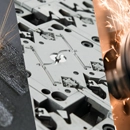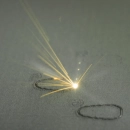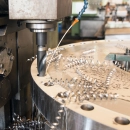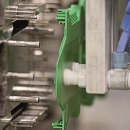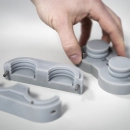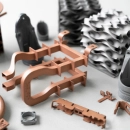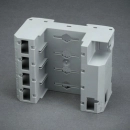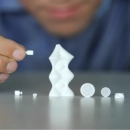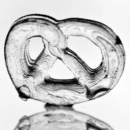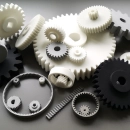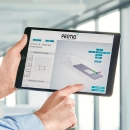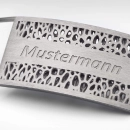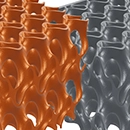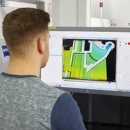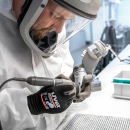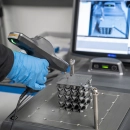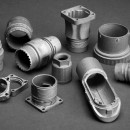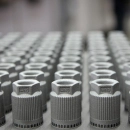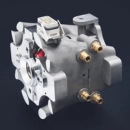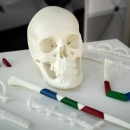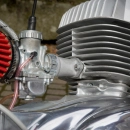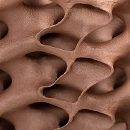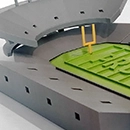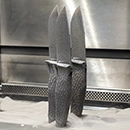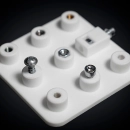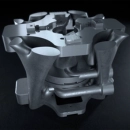Injection molding
Injection molding is a widely used traditional manufacturing process that is used to produce plastic parts. This process is particularly suitable for the production of large quantities of components as it offers high precision and efficiency. In injection molding, thermoplastic, thermoset or elastomeric material is heated until it is liquid and then injected into a mold under high pressure. After cooling and solidification, the finished part is removed from the mold.
A key advantage of injection molding is the ability to produce complex and detailed shapes with consistently high quality and reproducible accuracy. The molds, typically made of metal such as steel or aluminum, are extremely robust and can produce millions of parts before they need to be replaced. Nevertheless, the production of the molds requires a high initial investment, which makes the process particularly attractive for larger production volumes.
In contrast to additive manufacturing methods, which build up layer by layer, injection molding offers a fast cycle time and high cost efficiency for volume-intensive productions.
The choice of materials in injection molding is immense. By adding additives, the properties of the plastic can be adapted to meet specific requirements, such as increased strength, flexibility or UV resistance. Modern machines also offer the option of multi-component injection molding, in which different materials are combined in one process to produce components with complex properties.
Overall, injection molding is a key technology in modern mass production, combining design freedom with industrial efficiency and enabling manufacturers to deliver high quality at cost-effective prices. Despite the increasing popularity of 3D printing, injection molding remains one of the most important manufacturing processes worldwide due to its advantage in volume production.



 Deutsch
Deutsch English
English Italiano
Italiano